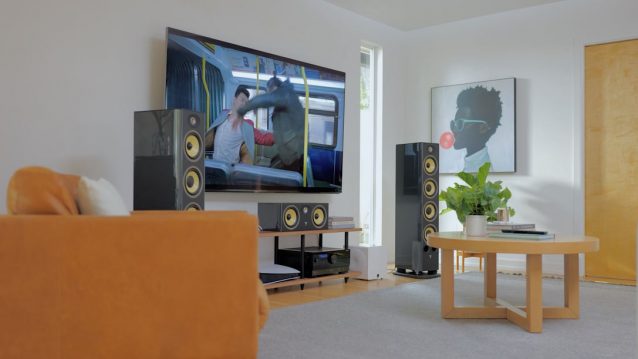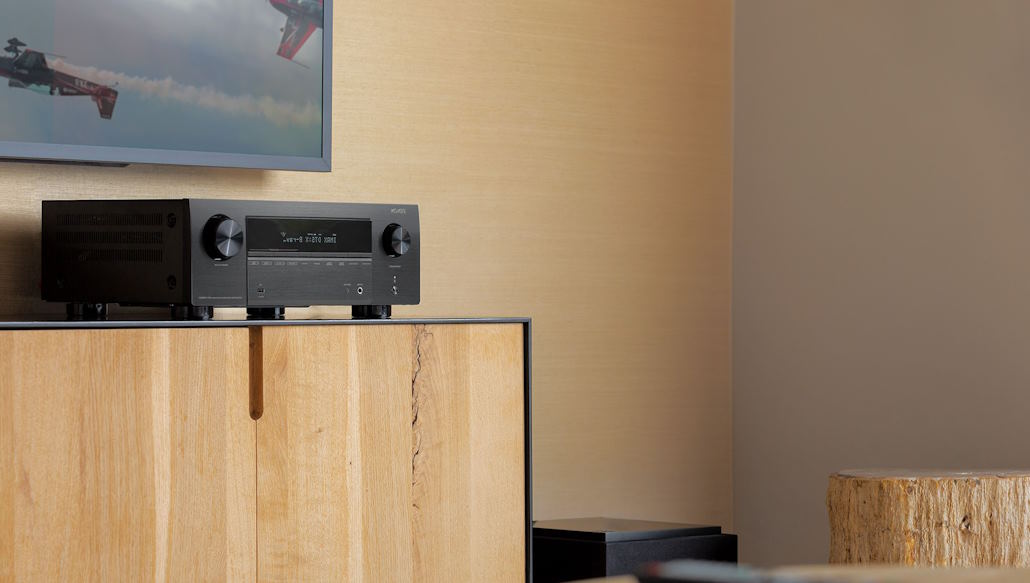
The Importance of Room Acoustics in Maximizing Your AV Receiver’s Performance
In an era where the line between the cinema and the living room continues to blur, the significance of achieving impeccable audio-visual experiences at home cannot be overstated. The heart of any home theater or audio setup is the AV receiver, a powerhouse of technology designed to bring your movies, music, and games to life. Yet, even the most advanced AV receivers can fall short of their potential if the acoustics of your room are not given due consideration.
Understanding AV Receivers
AV receivers, short for Audio-Video receivers, are the backbone of any home audio and home theater system. These multi-talented devices are engineered to serve as the central hub for your audio and video equipment, ensuring a seamless and high-quality entertainment experience.
AV Receivers: The Hub of Home Audio
At its core, an AV receiver is a versatile electronic component that manages the audio and video signals from various sources, such as Blu-ray players, gaming consoles, cable boxes, and streaming devices. Its primary function is to decode, process, and amplify these signals, delivering rich and immersive sound, as well as crisp and vibrant video to your speakers and display.
The Components and Functions
AV receivers are equipped with a range of components and functions that make them the powerhouse of your home audio setup. They feature built-in amplification to power your speakers and can accommodate a variety of audio formats, ensuring that your music and movie soundtracks are reproduced with precision. Moreover, these receivers are equipped with advanced signal processing capabilities, including Dolby Atmos, DTS:X, and other audio technologies that provide a three-dimensional audio experience. On the connectivity front, Onkyo AV receivers provide a wide range of inputs and outputs, enabling you to link multiple devices and even distribute signals to various zones within your home.
Delivering High-Quality Audio and Video
In summary, AV receivers play a vital role in ensuring that your audio and video sources deliver their best. They serve as the bridge between your source devices and your speakers or display, managing the signals, enhancing their quality, and providing a cohesive entertainment experience. Whether you’re watching a blockbuster movie, listening to your favorite music, or playing video games, the AV receiver is the unsung hero that brings it all to life with unmatched audio and video performance.

The Impact of Room Acoustics
Understanding the Essence of Room Acoustics
Room acoustics is the science and art of how sound behaves within a particular enclosed space, and it is a pivotal factor in determining the quality of your audio experience. Essentially, it’s the interaction between sound and the physical characteristics of a room, including its size, shape, materials, and furnishings. This intricate relationship significantly influences the way you perceive and enjoy audio in your home.
The Dance of Sound Waves
Sound waves are the carriers of auditory information, and they interact with the room’s surroundings in fascinating ways. When a sound wave is emitted from a speaker, it doesn’t simply travel directly to your ears; it bounces off walls, ceilings, and floors, creating reflections and reverberations. These interactions can either enhance or degrade the quality of the sound, depending on the acoustical properties of the room.
The Perils of Poor Room Acoustics
In a room with poor acoustics, sound reflections, resonance, and standing waves can wreak havoc on your listening experience. Reflections can cause echoes and muddiness, while resonance can amplify certain frequencies, creating unpleasant booms or harshness. Standing waves can lead to uneven sound distribution, with some areas of the room being excessively loud or quiet. It’s evident that addressing these challenges is essential for audio enthusiasts and home theater aficionados, as optimal room acoustics can elevate your audio experience to a whole new level.

Optimizing AV Receiver Performance
So, you’ve invested in a high-quality AV receiver, but to truly unlock its potential and achieve audio nirvana, it’s crucial to optimize its performance. This entails more than just plugging in your equipment; it requires a thoughtful approach to calibration, speaker placement, and leveraging the advanced settings offered by your AV receiver.
Calibration and Setup: The Foundation of Excellence
Proper calibration and setup are the building blocks of AV receiver performance. This is where you establish the baseline for your audio experience. Utilize the automatic calibration systems many receivers offer to fine-tune speaker distances, levels, and crossover frequencies. This ensures that sound is delivered uniformly across your listening space and is free from unwanted distortions or imbalances.
Speaker Placement and Room Layout: The Spatial Symphony
Speaker placement and room layout are of paramount importance when optimizing AV receiver performance. The arrangement of your speakers, subwoofers, and seating can significantly impact your audio experience. Experiment with speaker positioning to find the sweet spot that delivers the most immersive sound. Be mindful of room acoustics, as they can affect sound reflections and resonance.








